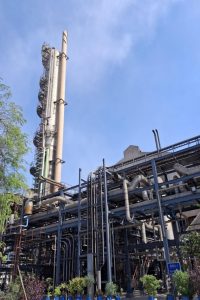
New ammonia-urea complex
The Kazakh government has approved the construction of a new ammonia and urea plant in the country’s Mangistau region, on the eastern shore of the Caspian Sea. Construction will be carried out by a joint venture between QazaqGaz National Company and ESTA Construction under Qazesta Fertilizers Ltd. The total investment for the project is $1.35 billion, with construction expected to be completed within three and a half years. The plant’s annual production capacity is projected to reach up to 700,000 t/a of urea and 420,000 t/a of ammonia, adding value to the country’s natural gas production and helping to substitute domestic production for foreign imports of nitrogen fertilizer. Despite a national demand of 3.2 million t/a, domestic production currently only meets about half of that need.



